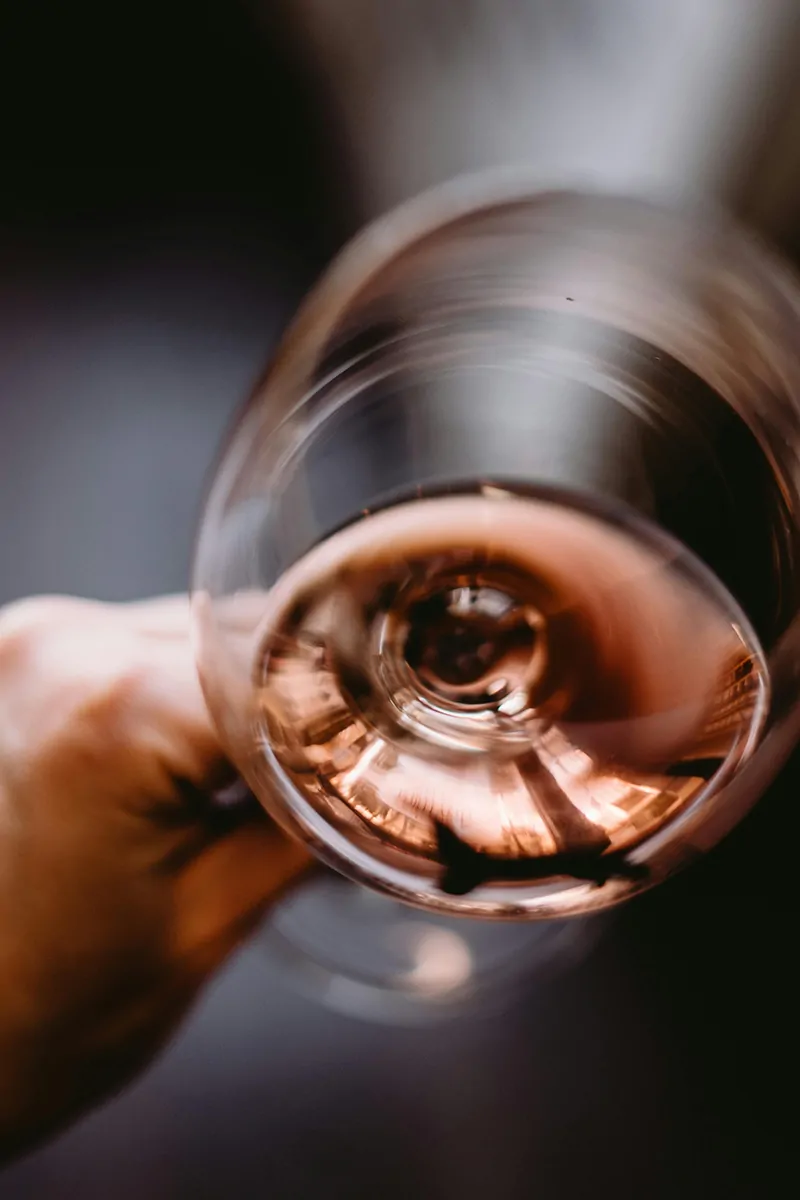From a technical point of view, a good wine is one that meets the parameters established by law or quality standards, and that lacks other types of defects.
It will be the winemaker who sets the quality standard for a winery’s production and guarantees it year after year. However, the standards evolve and give way to new oenological practices, the incorporation of new varieties or different blending percentages. In that sense, a good wine today is not the same as a good wine yesterday nor will it be the same as a good wine tomorrow.
From the market point of view, a wine is good when it has an optimal relationship between perceived quality and purchase price. Now, consumer criteria are constantly evolving, because they are learning at the same speed with which the market develops. Furthermore, this consumer criterion is strongly stimulated by a social factor: opinion.
The value of wine is not something stable, therefore, it requires continuous updating and only serious wine marketing work will generate the necessary perception of value on the part of the consumer.

